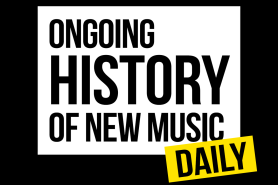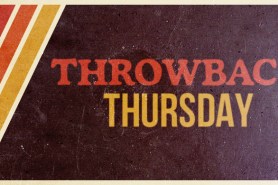For centuries, all instruments were acoustic because no one had discovered electricity. So what was the first instrument to need electricity to work? That’s complicated.
Back in about 1748, a Czech scientist named Václav Prokop Diviš invented an electromagnetic keyboard he called the “Golden Dionysus.” Unfortunately, we don’t know much about it. We know a little more about the Clavecin Electrique, an “electric harpsichord” invented by Jean-Baptiste Delaborde, a Jesuit priest, in 1759.
After that, there’s Matthias Hipp’s “electromagnetic piano,” an old-school player piano that ran on a series of magnets. There were a few other attempts but really nothing properly electric emerged until Lee de Forest’s “Audion Piano” in 1915. It was the first true electronic instrument because it used a flow of electricity rather than magnets.
By the 1920s, once de Forest’s technology was in place, the race to build electronic instruments took off.
© 2024 Corus Radio, a division of Corus Entertainment Inc.









 Ad Choices
Ad Choices